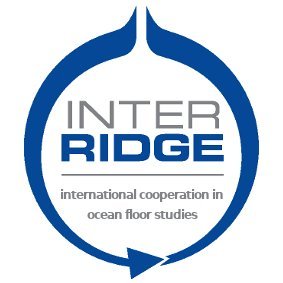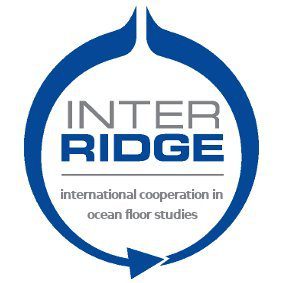InterRidge 2022 Webinar May
Divergence population genetics of deep-sea hydrothermal vent animals and their symbiotic bacteria (08:00 GMT, Thursday May 26th )
Summary
Geographical endemism of deep-sea hydrothermal vent species along the mid-ocean ridge systems is a common biological feature that we have learned since the first discovery of vent and its fauna in 1977. The past oceanic exploration and comparative biological studies have revealed some regional geophysical geophysical and biological factors that lead to the endemism to various extents. As our knowledge grows that abiotic and biotic interactions are essential for the distribution and subdivision of vent species, the question of a more quantitative aspect of how long and to what extent specific abiotic barriers affect the connectivity of vent species becomes of our increasing interest. Keeping this context in mind, here I present population genetic model-based approaches to understand the population diverging processes of deep-sea hydrothermal vent animals and their symbiotic bacteria in the Central Indian Ocean and Eastern Pacific. Accordingly, I focus on the application of isolation with migration developed to infer the demographic history of closely related species or populations to vent species. For this purpose, I chose Bathymodiolus vent mussels and their symbiotic bacteria and the Pompeii worm, Alvinella pompejana. The distribution of sampled organisms includes various geographical scales from local, region to global, and thus are helpful to understanding the location and strength of dispersal barriers. The model-based approach enabled us to estimate divergence times and demographic parameters of populations of both vent animals and their symbiotic bacteria. Furthermore, comparative genetic analyses of mussel symbionts living in different ocean basins suggested that the spreading rates of mid-ocean ridge systems, a proxy of the frequency and distribution of venting activity, are a significant driver of the connectivity and divergence of vent microorganisms.
Main points
- The seafloor geological and hydrological features along the ridge axes influence micro- and macroorganisms’ diverging population processes.
- The approach based on the genetic model, isolation with migration, enables us to understand the combined consequences of biotic and abiotic factors quantitatively.
- The spreading rates of mid-ocean ridge systems are a significant driver of the connectivity and divergence of vent microorganisms.
Brief information about Dr. Yong-Jin Won: Main career and academic interest
Yong-Jin Won is a professor in the Division of EcoScience at Ewha Womans University in Korea. His research interests focus on marine and aquatic organisms’ population genetics and evolution. Concerning the deep-sea hydrothermal vents, he is particularly interested in the biodiversity and genetic connectivity of vent organisms. He earned a Ph.D from the Graduate Program in Ecology & Evolution at Rutgers University. Since then, he has studied the evolutionary biology of deep-sea hydrothermal vent organisms, marine invertebrates, and freshwater fishes. He served as director of the Natural History of Museum of Ewha Womans University and is an editorial board member of Animal Systematics Evolution and Diversity and Animal Cells and Systems.

